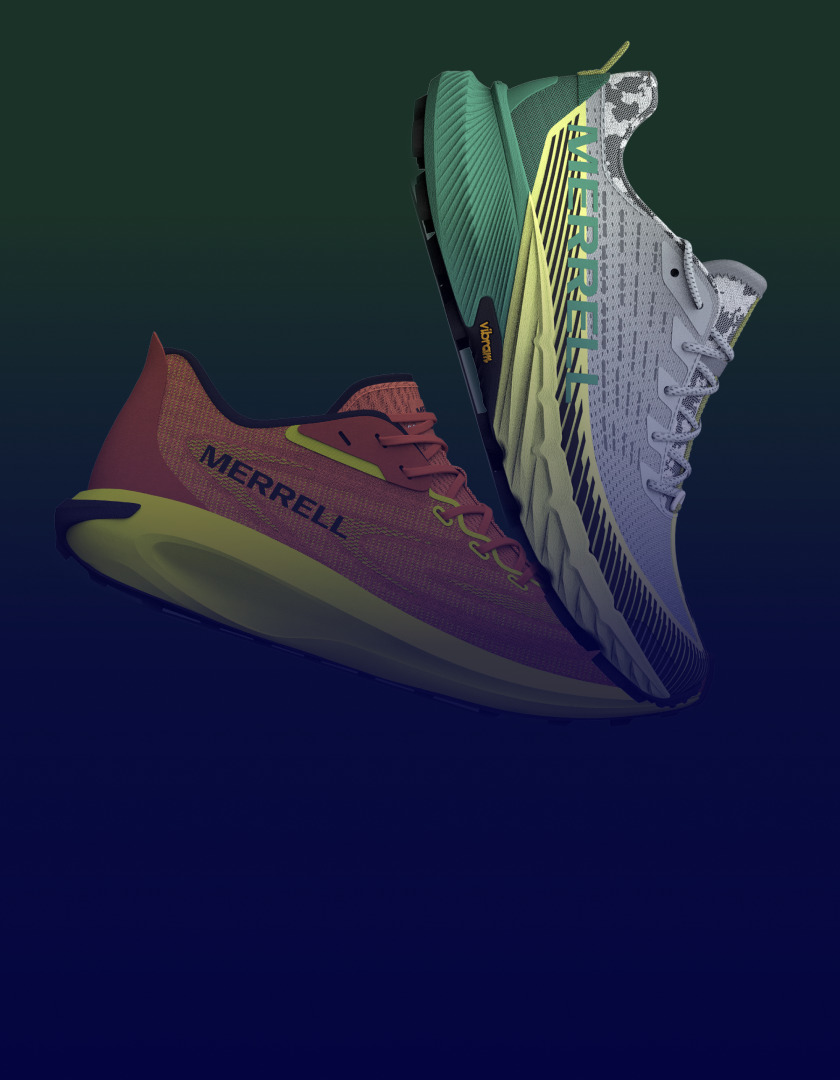Product-Oriented Thinking
“Transformation has been a popular topic in the industry and some manufacturers even suggest replacing human workers with robots to cut labor costs. As I see it, however, the transformation of manufacturing is not just about optimizing equipment and skills but changing our mindset.”
David Wong, a co-founder of Jiaxing Senchuang Fashion Co., Ltd. (SC Fashion), emphatically believes that Original Equipment Manufacturer (OEM) companies need to move from order-oriented to product-oriented thinking in order to survive. SC Fashion has experienced this shift first-hand.
“Many brand customers are starting to downsize their product development teams,” explains Mr. Wong. “For instance, one of our department store customers in America recently announced a plan to reduce the proportion of design and development members of their teams from 70 percent to 20 percent. This in turn requires us to have the ability to meet their demands for product development.”
“I don’t believe a pure OEM company will survive in the future,” he continues. “Product-oriented thinking as well as design and development capabilities are critical for future success.”
Responding to this challenge, SC Fashion decided that the answer lay in Product Lifecycle Management (PLM) solutions. In 2017, SC Fashion invested in Centric PLM™.
Today, SC Fashion has transformed its product-oriented capabilities. Using Centric PLM as a platform to communicate with brand partners and efficiently manage product development, SC Fashion has optimized its ability to deliver additional services to customers.

Leading the OEM Fashion Revolution
Founded in 1992 and located in the Nanhu District of Jiaxing, one hour’s drive from Shanghai, Jiaxing Senchuang Fashion Co., Ltd. (SC Fashion) is an international fashion company with world-class manufacturing technologies and quality management systems.
With a presence in a dozen countries and regions, the company delivers OEM and ODM services to high-end retailers and women’s clothing brands in the West. Covering a factory area of 80,000 square meters, the company employs a workforce of more than 1,500 and generates over 800 million yuan in annual revenue from its knitted and woven products.
David Wong, one of SC Fashion’s original founders and a 20-year-plus veteran of the fashion business, has many forward-looking insights into the current and future trends of the industry. His career in fashion dates back to 1992, when he started out as a foreign trade merchandiser. His strategy was simple: to ‘market up’ in every way possible and pocket the difference.
The company had a diverse range of orders in its first few years, including underwear orders for Victoria’s Secret. In 2006, about ten years after its inception, the company decided to put its main focus on orders for mid- and high- end women’s clothing made of thin materials. SC Fashion’s great workmanship and order delivery capabilities soon made it a favorite manufacturer for many women’s clothing brands in the West.
As David says, “We never settle for meeting the customer’s expectations; we exceed them.”
Meeting Local and Global Challenges
The OEM fashion industry in China has faced huge challenges in recent years. Among these are rising land and labor costs arising from the transformation of Chinese manufacturers and the enhanced infrastructure and overall strength of peers in Southeast Asia. With the escalating China-US trade war, the environment has become so harsh that Chinese clothing manufacturers have to face an “up-or- out” situation.
On top of this, many OEM customers are pouring resources into branding, expecting manufacturers to take on increased design and product development responsibilities. Brand marketing is the biggest profit contributor in the fashion business, accounting for a 50% share. It is followed by product design and development, which takes a share of 40%, and then manufacturing, which makes up only 10% of the total.
“Earlier this month, I was at New York Fashion Week to attend a show for a famous American designer brand,” says Mr. Wong. “What I learned is that brands today no longer rely on women’s clothing as their main source of profit. Instead, in a community economy where everything is connected, more and more brands are seeking to align their product and service offerings with the way their customers live.”

Building a Platform for the Future
SC Fashion recognized that in order to meet increasing demands for more product-oriented capabilities, the company needed a better way to manage product data and communication with customers. Much of the company’s product data was scattered across the organization in various silos. This resulted in increasingly large volumes of obsolete data, files and emails, making it time- and effort-consuming to find the right data.
At the end of 2017, SC Fashion selected Centric Software as a strategic partner to drive its digital transformation. The partnership aims to build a product data platform that enables the accumulation and transfer of know- how and expertise in order to cultivate the company’s capabilities in product development. Realization of this vision will allow SC Fashion to move up the value chain to deliver higher margin services and gain an even stronger market position.
Efficiency and Communication
The initial aims of the PLM project were to build a master product data platform, which could be a complicated process due to the absence of established standards, and shorten the cycle for sample production by 25%, from 20 days to 15 days. Both of these aims have been achieved at SC Fashion.
Centric PLM has made it easy to now store and copy data to and from the material and process databases for each product including material costs, test results, technical attributes and label information. The platform enables users to access data at any time and work together efficiently.
PLM is also an efficient link for communicating with brand customers on product data. Given the frequent product data changes resulting from orders in small volumes and multiple batches, this real-time communication and collaboration is crucial for downstream manufacturers to bring costs under control.
As David says,
More and more leading clothing manufacturers have implemented Centric PLM.
“Unlike other providers whose solution is mostly based on an order-oriented way of thinking, Centric has a truly product- oriented way of thinking, which is crucial to optimizing our services. Moreover, the Centric team is professional, and we enjoy working with them.”

 Centric Pricing & Inventory
Centric Pricing & Inventory
 Centric Market Intelligence
Centric Market Intelligence
 Centric PXM
Centric PXM
















